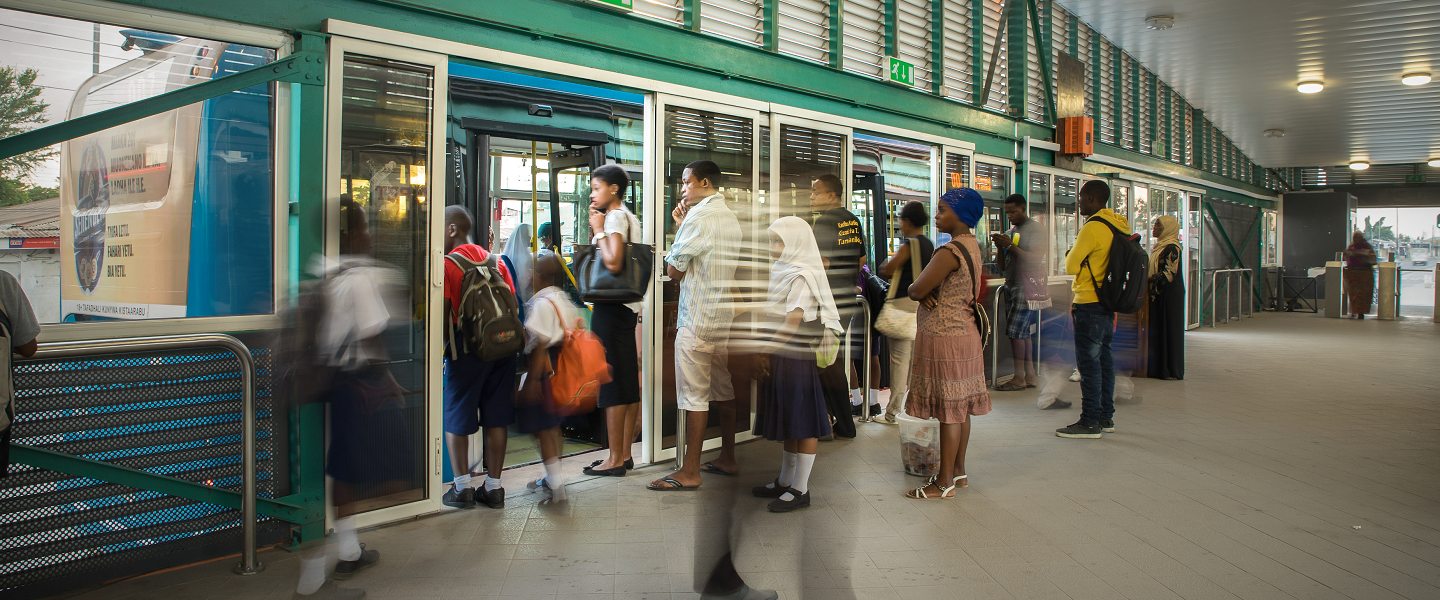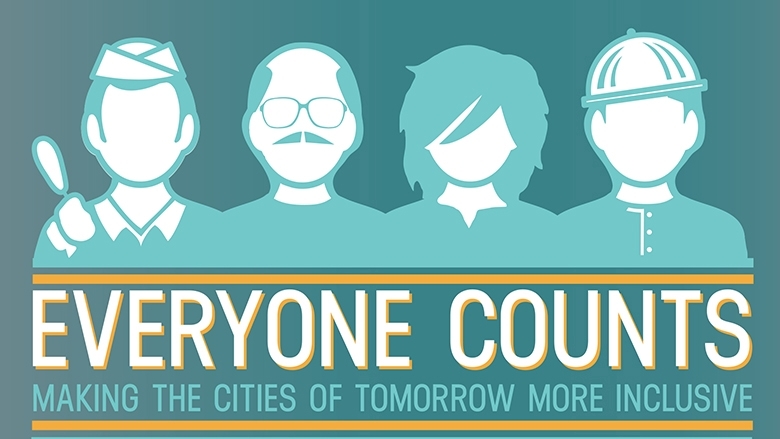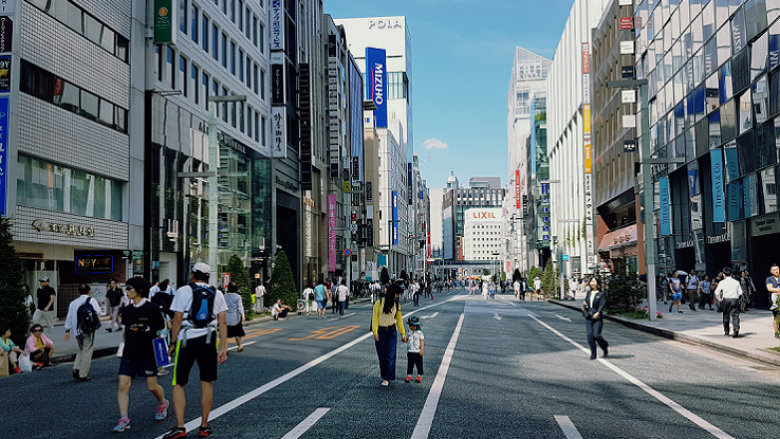Context
Urbanization has been one of the most significant driving forces of recent global development. More than half the world’s population now lives in cities, and this proportion will continue to increase rapidly to reach 70% by 2050.
When handled properly, urbanization has the potential to create opportunities for a better life, provide a pathway out of poverty and act as an engine of economic growth. Indeed, cities are often focal points for activities that are critical to the development of an entire country, such as trade and commerce, government, transport, etc. Cities currently account for approximately 80% of GDP generated worldwide.
But while urbanization is moving the global economy forward, rising inequality and exclusion within cities can derail development progress. In that context, the international community has acknowledged the need to create more inclusive cities, and to make sure that people can reap the benefits of urbanization. The World Bank’s twin goals – ending extreme poverty and promoting shared prosperity – place the topic of inclusion front and center. Likewise, Sustainable Development Goal 11 calls for “inclusive, safe, resilient and sustainable” cities.
Despite wide recognition and commitment, building inclusive cities remains a challenge. Today, one out of three urban residents in the developing world still lives in slums with inadequate services. In addition, the majority of future urban growth is expected to take place in Asia and Africa, regions that are home to some of the poorest countries in the world.
To make sure that tomorrow’s cities provide opportunities and better living conditions for all, it is essential to understand that the concept of inclusive cities involves a complex web of multiple spatial, social and economic factors:
- Spatial inclusion: urban inclusion requires providing affordable necessities such as housing, water and sanitation. Lack of access to essential infrastructure and services is a daily struggle for many disadvantaged households;
- Social inclusion: an inclusive city needs to guarantee equal rights and participation of all, including the most marginalized. Recently, the lack of opportunities for the urban poor, and greater demand for voice from the socially excluded have exacerbated incidents of social upheaval in cities;
- Economic inclusion: creating jobs and giving urban residents the opportunity to enjoy the benefits of economic growth is a critical component of overall urban inclusion.
The spatial, social and economic dimensions of urban inclusion are tightly intertwined, and tend to reinforce each other. On a negative path, these factors interact to trap people into poverty and marginalization. Working in the opposite direction, they can lift people out of exclusion and improve lives.


